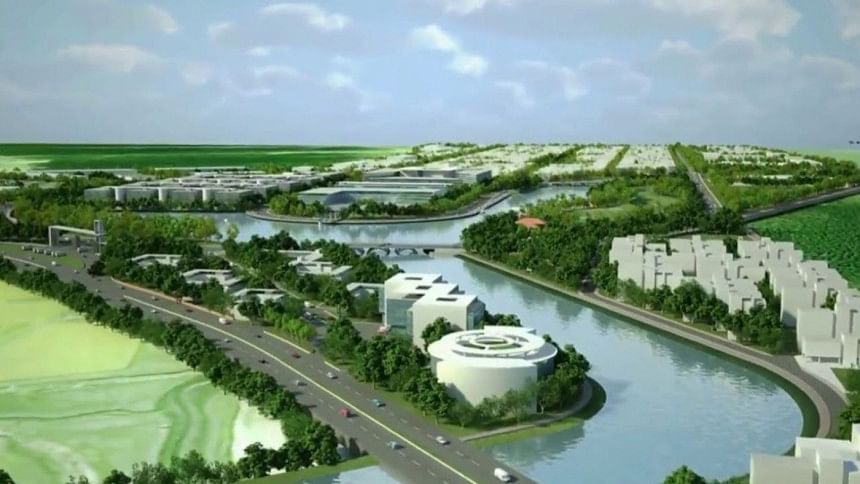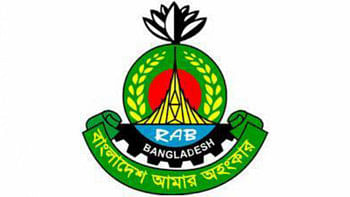Creating a new economic zone for apparel

The signing of a Mem-orandum of Understanding (MOU) early last year between the BGMEA and the Bangladesh Economic Zones Authority (BEZA) was, quite rightly, much applauded by the national press. Work on the 500-acre zone, dedicated for the industry in Mirsarai, is underway, promising to attract local and international investments and generate some 150,000 new jobs over the next two years.
This initiative, and others like it, should be heartily encouraged by the government and the ready-made garment (RMG) industry of Bangladesh as a whole. Yet, we need to ensure that we maximise the potential of these endeavours, their appeal to international customers and the future success of this and other planned economic zones.
It goes without saying that the zone needs to have access to a guaranteed, uninterrupted supply of power and other utilities including gas, water, and construction of the site needs to follow the highest possible international standard. It should be taken as read that any company taking over a plot within the zone must abide by the highest ethical norms and environmental standards.
Over and above these fundamental principles, time is also ripe to consider facilities that can be developed and offered to all residents of the zone ensuring that the construction of the special economic zone at Mirsarai is future-proofed to increase its appeal to investors and international apparel buyers alike.
Infrastructure in and around the facility needs to be carefully planned. We are all well aware of the problems regarding the road network in Bangladesh. With the building of the new zone, we need to ensure that it is serviced by the best possible multi-modal transport network. That is, both in the site and also to and from the zone, in particular to key transport and port facilities.
Alongside the supply of the regular facilities, when building the zone, we also must seize the opportunity to develop the entire zone, the facilities and plants as at least a carbon-neutral place. There is the potential to build a centralised solar powered supply centre which could supply, at the very least, a percentage of the electricity used by the zone.
More ambitious perhaps, but given the zone's location, an approach worth considering, is the opportunity to utilise the nearby tidal system and establish a hydro power source, or even introduction of a more adventurous wind-power facility.
The RMG industry has an ill-fame for its pollution of water. As we are blessed by an abundance of natural rainwater, a zone-wide integrated rainwater harvesting system can be integrated into the development of the zone and construction of buildings within the zone—so that the water feeds into a central reservoir that could be used by all of the facilities within the area.
Alongside rainwater harvesting, we also need to get it right that the RMG factories do not contribute to the pollution of water, e.g. through effluents produced through processing of yarns, dyeing of fabrics or laundering of garments. The establishment of a centralised effluent treatment plant (ETP) servicing the whole zone would alleviate the financial burden passed on to individual manufacturers who otherwise should be responsible for building their own ETPs. Furthermore, centralised effluent disposal would also increase the appeal of the entire zone to the international crowd. A similar approach calls for disposal of all garbage out of the zone in the most responsible manner.
Another aspect that should attract our target audience is the establishment of a centralised research and development facility, servicing the needs of the zone's RMG community. Styled as the R&D and Innovation centre, it would offer a wide spectrum of services covering the whole gamut of the zone's RMG companies' services, from fabric development, process engineering, managerial practices to garment design, garment construction and garment processing. The centre would need to be equipped with state-of-the-art facilities and be able to offer a one-stop shop for customers' development requirements, offering the opportunity to develop products in the most environmentally and sustainably responsive manner.
For the skill development of the new and non-technical workers, a skill development and training centre should also be established.
Hand-in-hand with the centres there is the need for a sound technology base across the entire zone. Technology will play a significant role in the RMG sector in the years to come; and we need to embrace technology from top-to-toe in the garment cycle, i.e. from fabric development, concept design, through to cutting and sewing technology, adoption of technology-aided washing and finishing machinery, to purchasing and delivery systems, etc. All of these will improve our efficiency and competitiveness in terms of price, will greatly improve the overall quality of products being made and will result in a reduction in lead-times to customers.
By investigating every possible angle during the construction of the zone, we have the opportunity to establish a standalone RMG facility that the world should envy. As a humble manufacturer, I would plea the government to not only encourage quality and responsible investments in the zone, but also to explore and implement the latest technologically-enhanced, environmentally-sound, sustainable practices during the construction process of the zone and the factories.
As the location is quite far from the city, it would be good to have a place like "Investors' Club" with multiple restaurants so there is competition as well as a wide range of choices. Hotels, residential apartments and service apartments need to be built so that people who will invest in this zone, especially foreigners, can find accommodation easily. And a few good hotels would also mean essential entertainment facilities such as gym, sports complex, etc.
The final aspect of the establishment of the economic zone I would like to highlight is the public relations potential that this enterprise offers. We will have the opportunity to promote this initiative to the global audience who are still, unfortunately, overly sceptical or, at least, cautious when considering Bangladesh as a source for the production of garments.
The establishment of the new economic zone at Mirsarai is indeed a great initiative, offering our RMG industry the opportunity to present itself in a new light to our customers and to show the world that Bangladesh is a world-leading garment resource to be reckoned with.
Mostafiz Uddin is the Managing Director of Denim Expert Limited. He is also the Founder and CEO of Bangladesh Denim Expo and Bangladesh Apparel Exchange (BAE).
E-mail: [email protected].





Comments